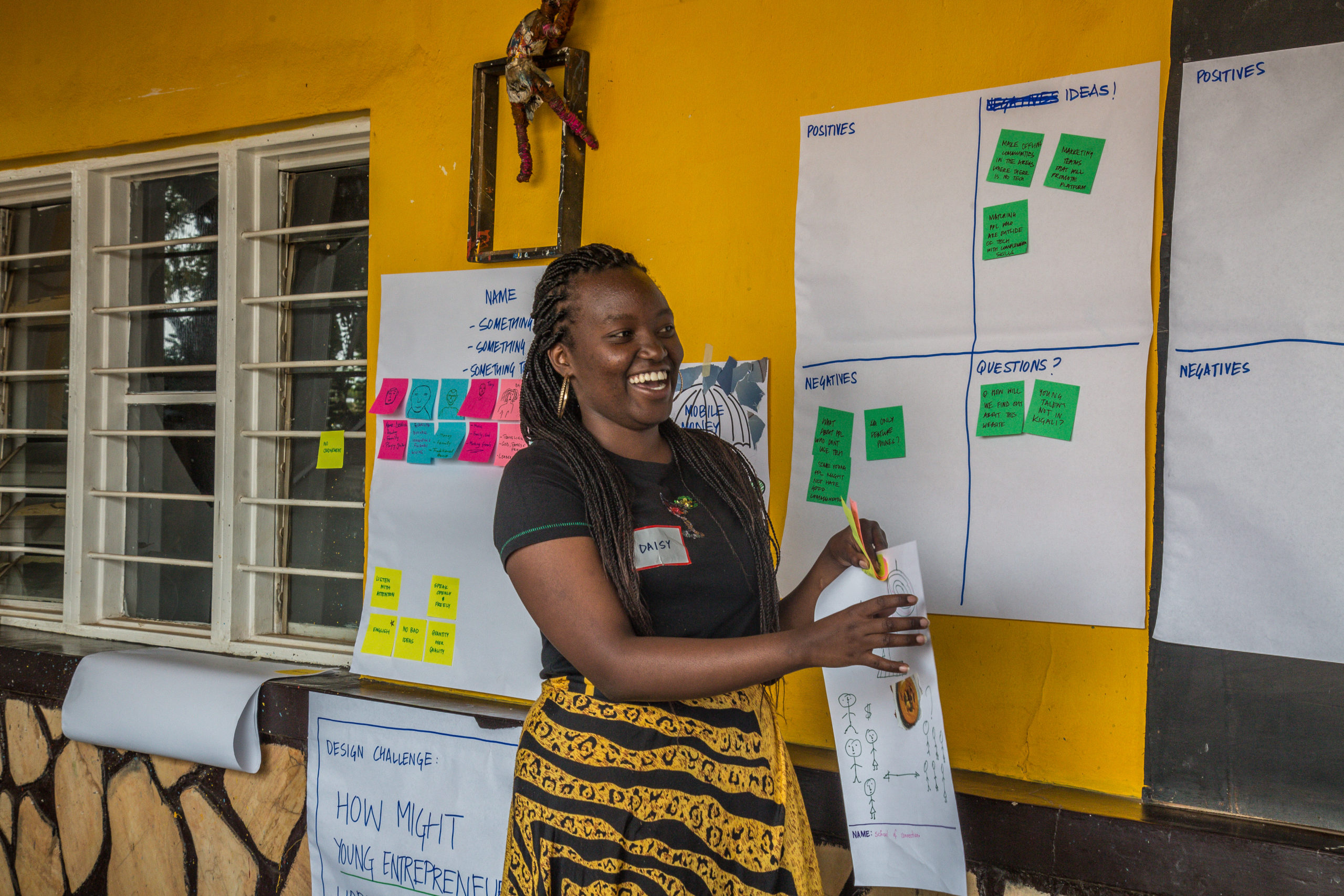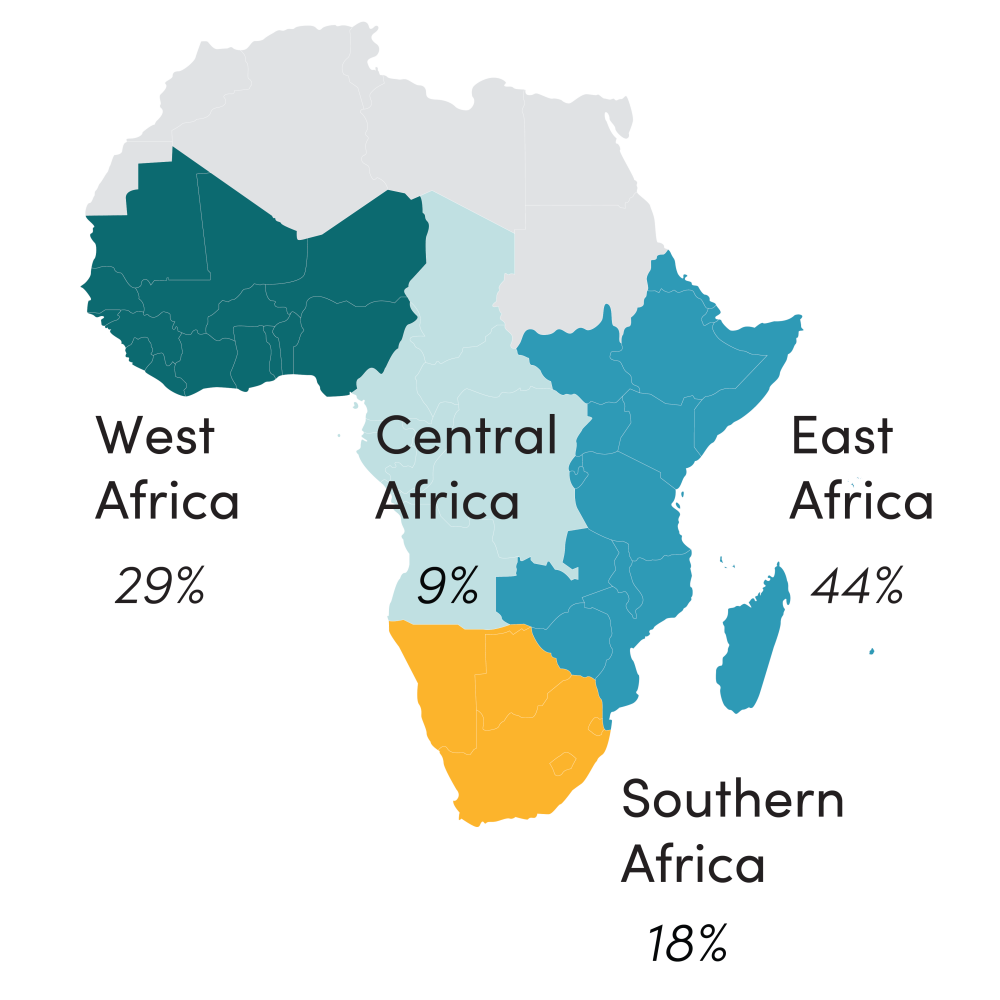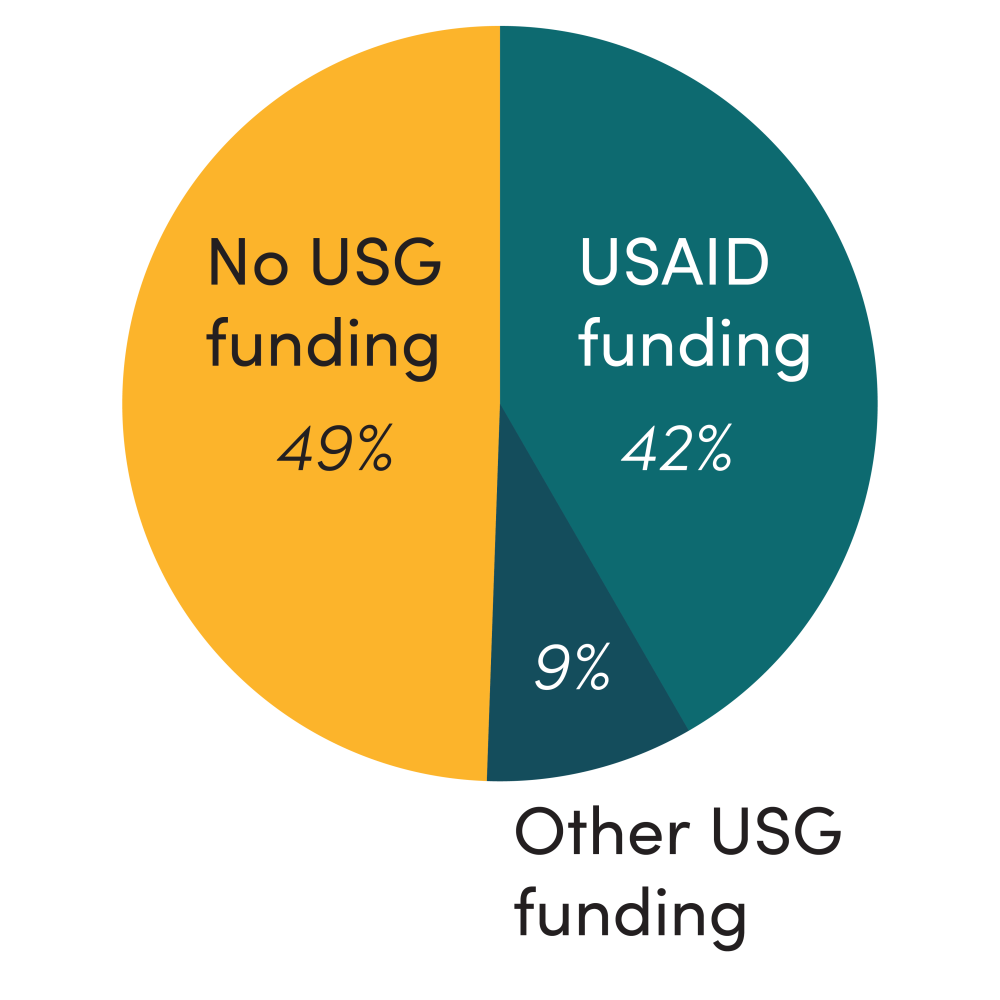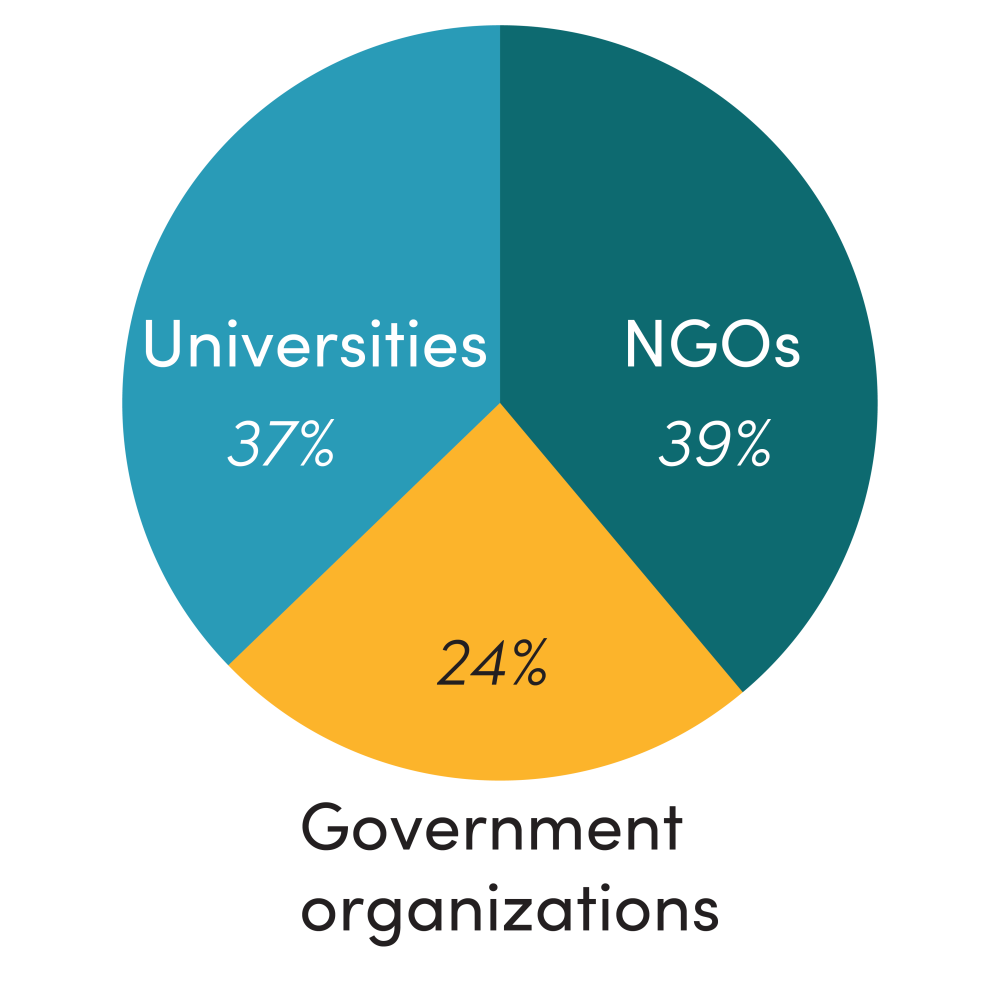Recommended
While donors are increasingly interested in both promoting evidence-based policymaking and advancing locally led development, the two agendas have often remained separate. This is a missed opportunity. A recent CGD working group underscored the value of locally immersed researchers and organizations in generating evidence that is more likely to be used by policymakers.
To better understand how US development agencies, and USAID in particular, can more effectively support and harness the evolving ecosystem of local evidence generation, we conducted a landscaping exercise to identify organizations headquartered in sub-Saharan Africa with the capacity to conduct impact evaluations. (While impact evaluations account for just one part of a broader evidence and knowledge system, they are uniquely able to determine attribution for a given outcome and can be a valuable tool for generating policy-relevant evidence.)
The resulting database complements and builds upon other efforts to catalog organizations in the evaluation and broader evidence-informed policy space, including those developed by On Think Tanks and the Africa Centre for Evidence, as well as CGD and partners. A new CGD policy paper describes our methodology and details the rationale behind our approach. You can directly consult the database we compiled here and view an infographic with key takeaways here.
A few key findings emerged that shed additional light on the current state of impact evaluation capacity in sub-Saharan Africa and the budding opportunity for greater collaboration between these organizations and USAID and other US government partners.
1. The number of organizations headquartered in sub-Saharan Africa with impact evaluation capacity has increased in recent years.
We identified 181 unique organizations headquartered in sub-Saharan Africa with impact evaluation capacity—a 26 percent increase from a 2019 study conducted by the Africa Centre for Evidence, which found 144 organizations with impact evaluation capacity based in Africa.
2. Organizations with impact evaluation capacity are distributed across the region, with some concentration in East Africa.
The landscaping found organizations with impact evaluation capacity are distributed across the continent, with the largest share concentrated in East Africa (44 percent). We also found a significant portion (29 percent) based in West Africa, reflecting growing interest and capacity in the region. The top five countries with the most organizations are South Africa (11 percent), Kenya (10 percent), Ethiopia (7 percent), Tanzania (7 percent), and Uganda (6 percent).
Figure 1. Geographic distribution of organizations headquartered in sub-Saharan Africa with impact evaluation capacity
3. Over half of organizations headquartered in sub-Saharan Africa with impact evaluation capacity have received US government support.
Of the 181 unique organizations identified in the landscaping, 51 percent have received funding from the US government, predominantly from USAID, the Department of Health and Human Services, and the Department of State. Forty-two percent of the organizations have received USAID funding, primarily via sub-awards or sub-contracts from prime partners. This finding suggests there is ample room for USAID to expand its number of local evidence partners, in line with the agency’s broader push on localization. (Stay tuned for future analysis exploring barriers preventing greater direct partnership between USAID and African evaluation and research organizations.)
Figure 2. Organizations headquartered in sub-Saharan Africa with impact evaluation capacity that have currently or previously received funding from the US government
4. Different types of organizations have impact evaluation capacity, with a relatively even split among independent think tanks/NGOs, academic institutions, and government-embedded or adjacent entities.
Of the 181 organizations identified through this landscaping, 39 percent are independent NGOs/think tanks, 37 percent are universities, and 24 percent are government-embedded or adjacent entities. Several of the organizations classified as independent NGOs/think tanks are university-based. When accounting for these, the percentage of organizations with impact evaluation capacity connected to academic institutions reaches 41 percent.
Figure 3. Types of organizations headquartered in sub-Saharan Africa with impact evaluation capacity
Future research
Our landscaping found the number of organizations headquartered in sub-Saharan Africa with impact evaluation capacity is increasing and that a significant share has received US government support, though often indirectly. Additional research could take stock of other sources of funding that support these organizations, where gaps in available funding persist, and the level of demand for impact evaluations from donors writ large. Another area of future study that could be valuable is understanding the extent of impact evaluation capacity within the identified organizations.
CGD’s database is a resource for funders looking to increase support for the community of researchers in sub-Saharan Africa conducting impact evaluations critical to improving donor-supported development practice and the uptake of evidence in local policymaking.
Read the full paper here and check out the infographic here.
Disclaimer
CGD blog posts reflect the views of the authors, drawing on prior research and experience in their areas of expertise. CGD is a nonpartisan, independent organization and does not take institutional positions.
Image credit for social media/web: Riccardo Niels Mayer/ Adobe Stock










